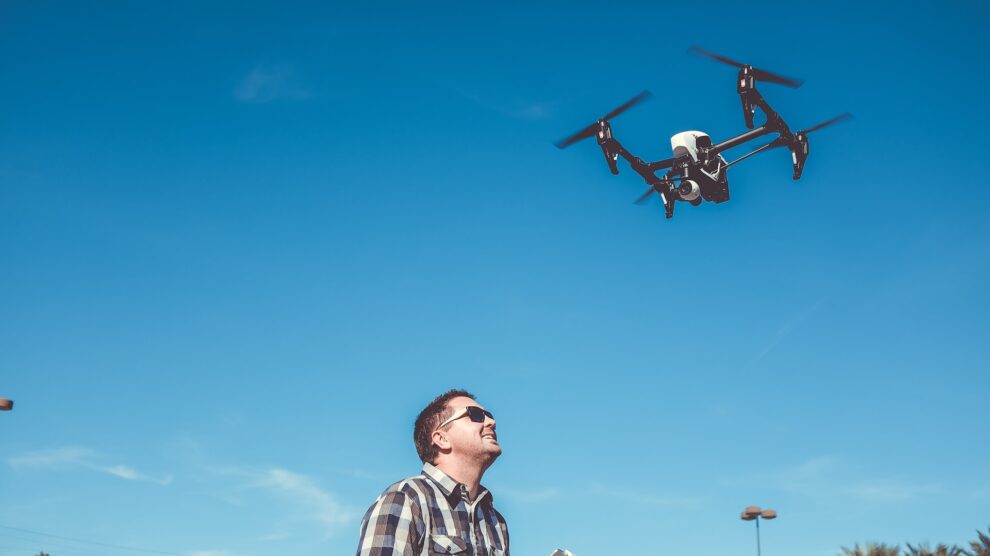Drone operations is one of the fastest growing industries in the world. If you want to get in on the action, you’ll need to undergo a variety of training and licensing programs, including obtaining your Remotely Piloted Aircraft Operator’s Certificate (ReOC). Holding an ReOC is a major part of commercial drone operations, and it’s a requirement if you’re looking to offer services like surveying, photography, videography or mapping. Newcomers to the industry often confuse the ReOC with other relevant licences, so we’re going to clear up how the ReOC process works and whether you need to obtain one.
What Is a Remotely Piloted Aircraft Operator’s Certificate?
A Remotely Piloted Aircraft Operator’s Certificate (ReOC) is a type of licence that allows the holder to conduct Remotely Piloted Aircraft (RPA) operations on a commercial basis. Your ReOC is issued by CASA, the Australian Government body that oversees all drone and aircraft operations. The ReOC process is designed to ensure your business is aware of its obligations and the relevant safety regulations that are attached to drone operations.
A ReOC allows your business to provide drone services on a commercial basis. ReOC holders are permitted to employ remote pilots to operate their drones and deliver services. Obtaining a ReOC also allows your business to apply for additional permissions covering complex drone operations that fall outside of the standard drone safety rules.
Do I Need to Hold a ReOC?
Your ReOC is separate to the Remote Pilots Licence (RePL) that drone pilots are expected to hold. The difference between ReOC and RePL certifications is often a source of confusion for industry newcomers. To make it simple, we can say that a ReOC is held by the business that’s offering commercial drone services. The RePL is held by the pilots that are performing commercial drone operations on behalf of the business.
Drone businesses are not required to hold a RePL, and drone pilots are not always required to hold a ReOC. The crossover between the two occurs for small businesses, such as sole traders, where the drone pilot is also the commercial operator. If you’re a sole trader offering services like surveying and videography, you are required to hold both a ReOC and RePL. You don’t need to hold a ReOC if you’re flying an excluded category of drone or flying for leisure.
How to Obtain Your ReOC in Australia
In Australia, ReOC licences are issued by CASA. The application process is largely completed using their online portal and consists of a few major steps:
- Complete the ReOC application form – this form asks for your business and personnel information, as well as details about which drone services you’re looking to provide.
- Provide your supporting documentation – each ReOC applicant is required to supply additional documentation such as your business’ RPAS Operations Manual. You will need to produce this documentation and attach it to your application.
- Submit your application to CASA – applications are made via email. You will need to pay an application fee upon submission.
- Pass a verbal assessment – the final part of the application process involves a verbal assessment with your nominated Chief Remote Pilot (CRP). Your CRP will need to demonstrate their understanding of the regulations and ability to lead the business effectively.
CASA is often overwhelmed with new requests for ReOC licences and it can take up to 70 business days to complete the process. To speed things up, CASA has nominated several third party delegates that are allowed to assess applications and issue a ReOC for most types of drone businesses. Whether you choose to apply through CASA or through a third party delegate, most operators choose to hire a ReOC consultant to speed the process along. ReOC consultants help by preparing your supporting documentation and coaching you through the CRP assessment process. This ensures your documentation is all in order and gives you the best chance of obtaining a ReOC the first time around.
Applying for Advanced Permissions
Holding a ReOC is the first step in applying for permission to perform complex drone operations that fall outside of the normal drone safety rules. Any business that wants to offer drone operations such as flights in controlled airspace, flights beyond visual line of sight or drone light displays needs to apply for additional permissions. This process is relatively simple and includes allowing a CASA inspector to review your operations and pay the relevant fees.





